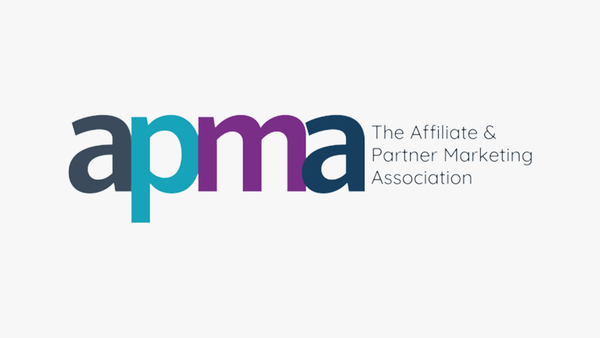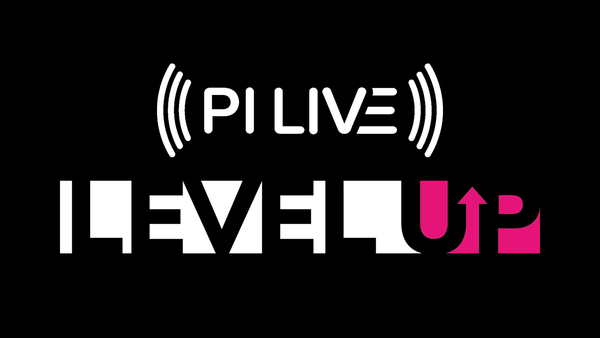Meta is rolling out views as the primary metric for measuring content performance across Facebook and Instagram. This change, which applies to reels, videos, posts, and stories, consolidates performance tracking under a single measure.
For non-video content such as photos, text posts, and stories, views will now replace impressions. Unlike impressions, which counted unique appearances, views include every instance content is displayed, even if the same user views it multiple times. This could lead to higher reported numbers for non-video formats.
For video content, views will replace plays as the term used, though the calculation remains unchanged. Meta is also introducing updated metrics for video analysis, with minutes viewed and average minutes viewed replacing watch time and average watch time. These metrics round viewing duration to the nearest minute but aim to simplify insights.
Meta’s Business Suite, professional dashboards, and ad measurement tools will reflect these changes in the coming weeks. Additionally, the new views metric will be applied across all ad formats, ensuring consistency across campaigns.
The shift raises questions for performance marketers. While Meta presents this as a move toward streamlined analytics, the inclusion of repeat views for non-video content fundamentally alters how performance is measured. For example, inflated view counts could impact CPM (cost per thousand impressions) metrics, making them appear more favourable without necessarily reflecting higher engagement quality.
For marketers, the changes may require adjustments in how performance is assessed. While standardisation across platforms offers convenience, evaluating whether these metrics provide meaningful insights will be essential. As the changes roll out, the practical impact on campaign performance and reporting remains to be seen.








